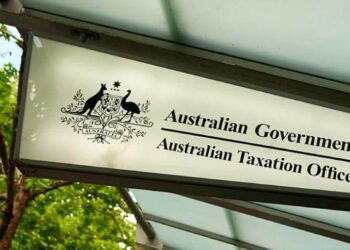Earlier this month ASIC issued an announcement that its Financial Advisers Register (FAR) will display whether an adviser can provide tax (financial) advice services to retail clients beginning next month.
At the time, the regulator said that Australian Financial Services (AFS) licensees should notify it before February if their financial advisers can provide tax (financial) advice services and this information is not already recorded on the FAR published on Moneysmart.
“Importantly, if ASIC is not notified whether a financial adviser can provide tax (financial) advice services by 1 February 2023, the FAR will not display whether the adviser can provide tax (financial) advice services,” ASIC said.
To help advisers determine whether they can provide tax advice services to retail clients as a relevant provider, the corporate regulator has released a flowchart that it explained should be viewed in conjunction with Information Sheet 268 FAQs: Relevant providers who provide tax (financial) advice services.
ASIC earlier announced that, since the beginning of last year, advisers who provide or intend to provide tax (financial) advice services to retail clients must meet certain new requirements, including the completion of specified courses in commercial law and taxation law.
Additional continuing professional development requirements also apply. Advisers who meet these requirements are known as “qualified tax relevant providers” (QTRPs).
The concept of QTRPs was introduced as part of the 2021 Better Advice Bill which removed financial advisers from the regulatory oversight of the Tax Practitioners Board. However, built tax (financial) advice requirements into the Corporations Act.
While QTRPs are subject to new education and CPD requirements, there are certain exemptions and deferrals.
According to a recent update by the Association of Financial Advisers (AFA), a financial adviser on the FAR who was also registered with the TPB as at 31 December 2021, or who had applied for registration with the TPB at that date, however, had not yet been confirmed, will be permanently exempt from the completion of the two specified courses.
Existing advisers (on the FAR between 1 January 2016 and 1 January 2019), who were registered on the FAR as at 31 December 2021, who were not registered with the TPB will have until the end of 2025 to complete these courses.
This, the AFAs said, relates to advisers who were not registered with the TPB, however, were instead supervised by someone who was registered with the TPB. This was a model employed by some licensees, including a number of salaried licensees.
“This new regime will capture new advisers (who presumably should have completed courses that meet the requirements as part of the completion of their study), and those existing financial advisers who for one reason or another were not on the FAR as at 31 December 2021,” AFA said.
“Despite our repeated efforts to raise concern about the equity of this latter group, there remains a problem, and technically, they would be required to complete the two courses before they provide tax (financial) advice services,” the group added.
View ASIC’s flowchart here.


